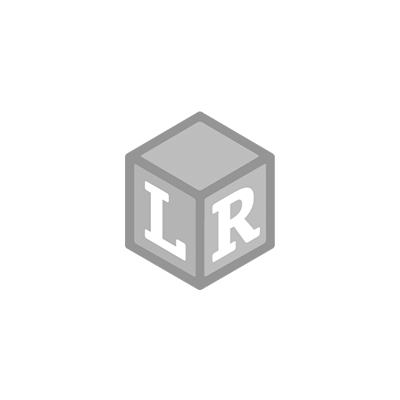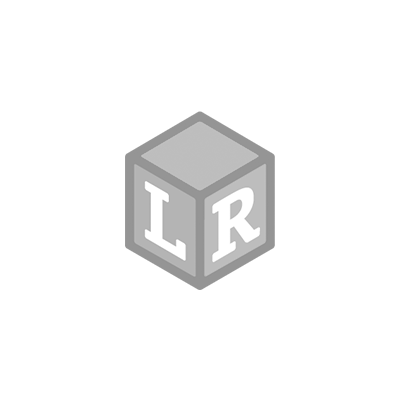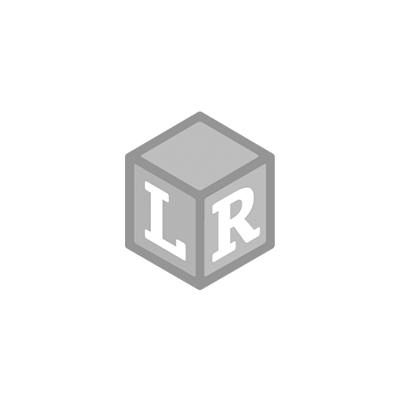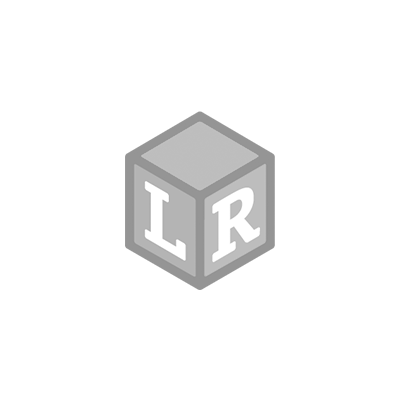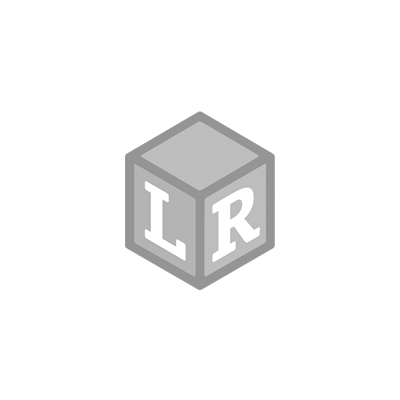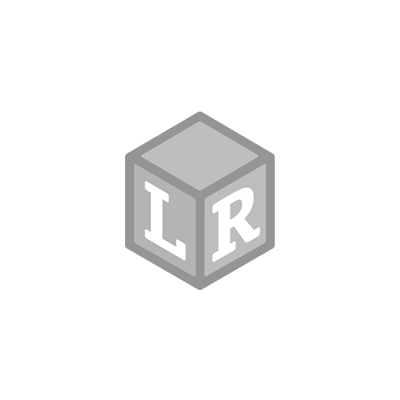
Life Cycle of a Butterfly Lesson for Kids
- Gabrielle Fischer Posted On Jul 28, 2021 | 2 - 4 Years Reading
Are you getting in the back-to-school spirit by digging into some STEM activities or high-interest nonfiction picture books? Do butterflies fascinate and delight your children like they do mine? This summer, our community is learning about the life cycle, migration, and conservation needs of monarch butterflies, so to make our exploration more tactile and playful, I put together two simple sensory puzzles -- a caterpillar and a butterfly -- to compliment and solidify all the facts we were learning from books. Sensory puzzles take a bit of prep work to put together, but they make for a fresh and inspiring sensory backdrop for little learners!
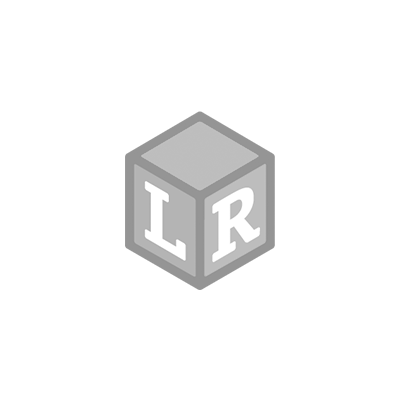
Materials we used:
- Giant Magnetic Butterfly Life Cycle
- Double-sided Tabletop Easel
- Fine Motor Tool Set
- Cardboard (including a thick base, thin, flexible flat box pieces, and toilet paper tubes)
- Scissors
- Hot glue gun or super glue
- Colored pencils or paint
- Whole green lentils
- Red split lentils
- Orange, yellow, and green vegetable radiatore pasta
- Black bean rotini pasta
- Dried black beans
- Green pompoms
- Picture books about caterpillars and butterflies (examples below)
Preparation:
To put together the caterpillar and/or butterfly sensory puzzles for your toddler/preschooler to explore, gather some sturdy cardboard for your base and thinner, more flexible cardboard pieces to cut and bend to create the outline walls and shapes within your puzzle design. Toilet paper tubes make significant rounded segments for the caterpillar, for instance, whereas thin strips of cardboard gift boxes make wonderful outlines for butterfly wings. Use a pencil to outline your design on the cardboard base before you begin gluing.
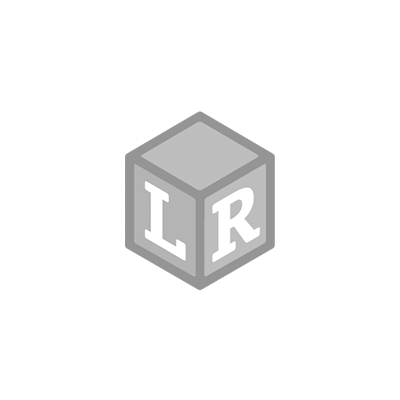
- Tip: If you choose to paint or color in the segments of your sensory puzzle (to provide your child with a color-matching opportunity, encouraging them to pour/add the sensory materials into the section with the corresponding color), it may be helpful to do that before proceeding to the next step (i.e., attaching the cardboard walls of your puzzle). It can be more difficult to color inside the corners of your puzzle once it has been glued together. For our setup, I chose to keep it simple and lightly shade in the body of each puzzle with colored pencils.
To create the walls of your puzzle, bend and glue small pieces of cardboard to your base using either a hot glue gun or super glue. Allow drying completely before introducing any sensory materials. Use an eraser to remove any visible pencil marks from your original outline.
Activity Setup & Learning Potential:
To create an engaging sensory invitation, pair your newly made puzzle(s) with various scooping/pouring tools (like measuring cups and the Fine Motor Tool Set) and sensory materials in different cups or bowls. For both the caterpillar and the butterfly, I laid out various green, black, and orange materials to match the inspiration for our play: the caterpillar and butterfly magnets in our Learning Resources Giant Magnetic Butterfly Life Cycle, which we displayed nearby on our tabletop easel!
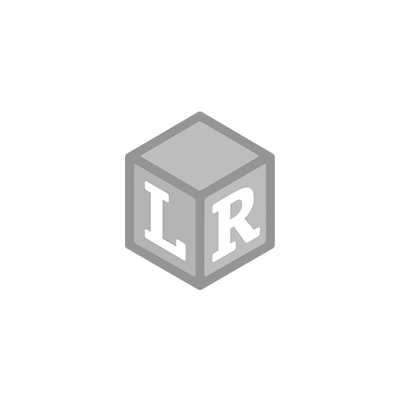
The majority of our sensory materials were uncooked/dried food items, such as beans, noodles, and lentils that were already the appropriate color. Still, you could also include things that have been painted/dyed, like rice, salt, or chickpeas. I also included green crafting pompoms for a softer texture experience, but any loose parts or sensory base you have on hand would work, as well.
- Tip: So as not to overwhelm our toddler and stretch our learning throughout the week, we chose to do the two puzzles on back-to-back afternoons rather than all at once.
We also paired our puzzles with some picture books about butterflies, so we could compare our creations to the illustrations and learn rich, relevant vocabulary as we scooped, poured, pinched, and explored the textures of our puzzle. When else might your child hear words like “migration,” “thorax,” “chrysalis,” “antenna,” “larvae,” “transformation,” and “metamorphosis” in context? All of these and more came up while we explored butterfly books and played with our puzzles!
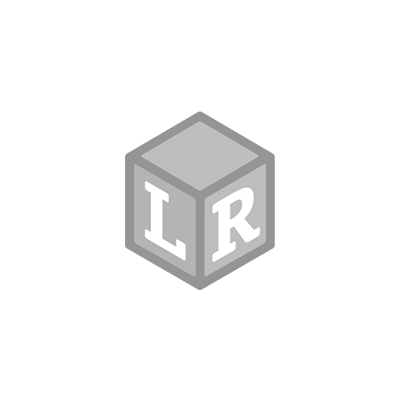
Sensory puzzles are a great way to build fine motor skills, practice life skills like scooping and pouring, and foster patience, concentration, and creativity in young learners. They can also be used as a “quiet time” activity and support social-emotional development when everyone needs some independent time to slow down, unwind, and/or work through difficult emotions.
Are you looking to adapt or extend your play even further for different ages and stages of learning?
- Reading: DIY Storytime! Extend their learning and language development by reading books and singing songs about butterflies. In addition to Monarch Butterfly by Gail Gibbons, Waiting for Wings by Lois Ehlert, and Winged Wonders: Solving the Monarch Migration Mystery by Meeg Pincus, check out titles like The Big Book of Bugs by Yuval Zommer and Migration: Incredible Animal Journeys by Mike Unwin, both of which feature beautiful full-page spreads about butterflies. Our favorite butterfly rhyme, meanwhile, uses the same tune as ‘Twinkle Twinkle Little Star’:
Flutter, flutter butterfly
Floating in the bright blue sky
Floating by for all to see
Floating by so happily
Flutter, flutter butterfly
Floating in the bright blue sky
Grab a scarf or tissue and wave it in the air as you dance and sing along!
- STEM & Motor Skills: Adapt the sensory puzzle for older children by having them fill each section using a number key (i.e., put a number in each section of the puzzle that corresponds with a certain color sensory material). Alternatively, if you’re using large loose parts to fill your puzzle, you could make it a counting exercise and have them add the number of items into the puzzle section to match the number written inside.
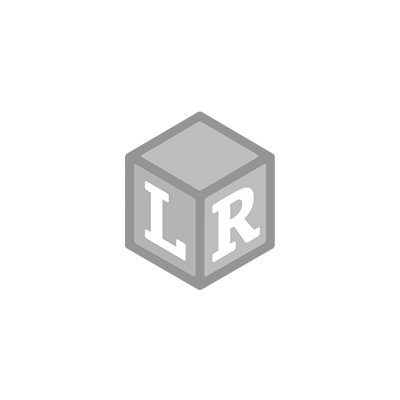
- Motor Skills: After completing and admiring your puzzle creations, dump all of the lentils, beans, and pasta into a storage bin or large bowl and use it for a colorful, calming base for sensory play in the future! Adapt it for a small-world setup that kickstarts verbal storytelling by adding small caterpillar and butterfly figurines. Don’t have any? Make your own by painting spiral and bowtie pasta to look like insects -- another artistic fine motor activity altogether!
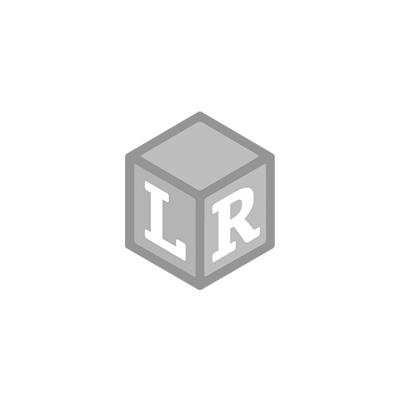
- STEM: Read about the importance of milkweed to monarch butterfly life cycles. Support their survival by planning a pollinator garden and planting milkweed seeds in your yard or community.
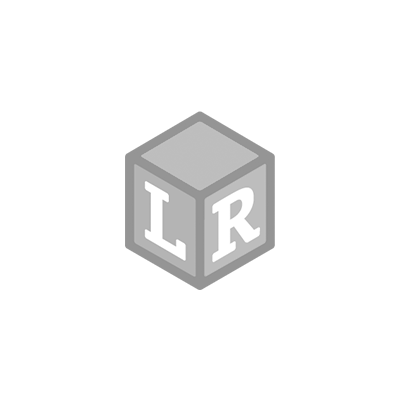
- READING & SEL: Learn about monarch butterfly migration and the significance of butterflies in Mexico during Día de los Muertos (celebrated Nov 1). Use it as an opportunity to talk about how your family remembers and honors those who have passed.
About the Author, Sarah Yale: With a background in education, youth development, and restorative justice, Sarah Yale wears many hats, including Mom and Librarian. She endeavors to combine her love of children's books and the great outdoors to plan inclusive, play-based activities that foster curiosity and social-emotional learning. An advocate for literacy development, loose parts, and sensory play, Sarah's activities invite you to lean in, read up, and get messy together! See more of her ideas on Instagram at @staycurious_sadertot.
 Shop UK Site
Shop UK Site 

